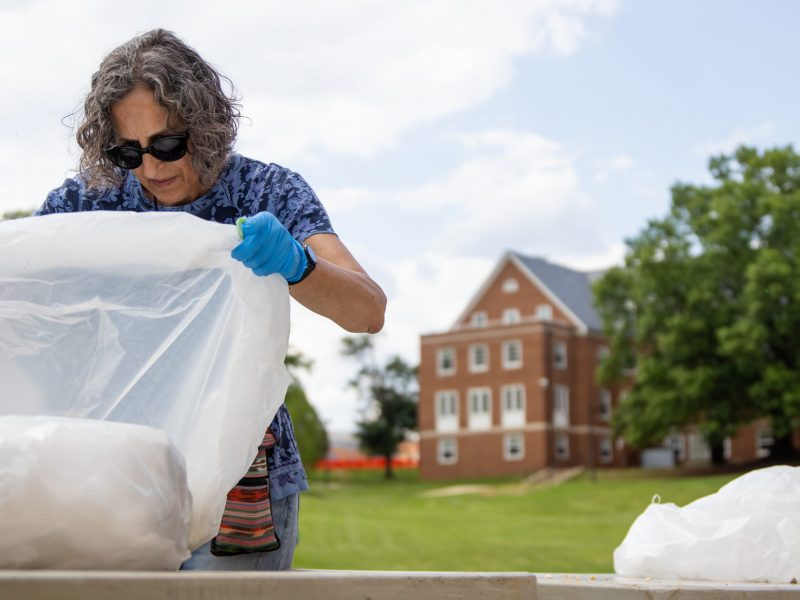
Cole Field House staff ed graphic
Its iconic red brick facade supported by four white pillars serves to remind the university community of Cole Field House’s lasting impact. The hallowed hall has seen celebrities, basketball championships and a collection of memories for those who have ever set foot inside.
However, the legendary building will most likely experience an extensive face-lift.
It was announced Thursday that the University System of Maryland Finance Committee had approved plans to revamp Cole into an extensive multipurpose complex that will include an indoor football practice field, a center for entrepreneurship and innovation and a sports health research clinic. The fate of the renovations now rests on approval from the Board of Regents; members will cast their votes Dec. 12.
These renovations will largely benefit the Terrapins football team and those involved with the entrepreneurship center and health clinic. Individuals in the university community unaffiliated with any of those ventures might not be as interested or excited for these potential additions to the university. But in the long run, these changes to Cole could greatly enhance this university’s value.
This university is the only Big Ten school that does not have an indoor practice space, which puts it at a recruiting disadvantage. With a new practice facility and health clinic, this university could draw an extensive network of potential football recruits, showing that this university is as good as any other Big Ten school.
Ever since this university decided to join the Big Ten in November 2012, university athletics — and the big-money operations surrounding it — have appeared to be more of a primary concern for the university, as they should be. There is an extensive business side to university athletics that affects the entire university community, not just student-athletes.
Being privy to the Big Ten’s television revenue is a moneymaking opportunity for this university that must be exercised to its fullest potential. According to a report in the Lafayette Journal & Courier, 12 of the 14 universities in the Big Ten will bring in an estimated $44.5 million in television revenue for the 2017-18 academic year. This university and Rutgers, the two schools newest to the conference, won’t bring in that kind of money until they’ve been part of the conference for six years.
It is not a secret that this university’s athletic department has run up an extensive debt, which reportedly is on track to be repaid by 2018.
Athletic Director Kevin Anderson assured the university community that the debt repayment would still be on track even if construction on Cole began.
However, there is always a chance that Anderson’s goals could go off course. If the road to repayment takes a little longer, the athletic department and university should wisely use any revenue generated from being in the Big Ten to repay their debt so the entire university community can benefit from the projected profits.
Even though this university won’t see $44.5 million annually for at least another six years, the fact that the university has the opportunity to make that amount of money someday is satisfying.
Cole’s potential renovation, complete with the indoor football practice field, would be the best way to show that this university is ready to compete with the rest of the Big Ten schools.


